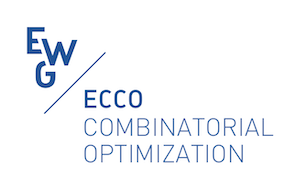I. Gago, U. Aldasoro, J. Ceberio, M. Merino
Emergency Medical Services are essential to health systems as their effective management can
improve the prognosis of patients. Nevertheless, due to the complex nature of these systems,
designing an optimized distribution of resources is a challenging task. Using mathematical modelling and optimization, the problems of locating or sizing the ambulance fleet can be resolved in a more efficient way.
We have considered a pilot case in the Basque Public Emergency Medical Service. The related region has five major urban areas which cover half of the emergencies, while the rural area, with sparse population, accounts for very few emergencies. Since a minimum coverage level should be guaranteed in all areas, components of fairness will be added to the proposed model.
To that end, a pure 0-1 two stage stochastic optimization model has been proposed, taking into consideration two types of decisions: tactical ones, for stations location and operational ones, where assignments of ambulances to emergencies are optimized. The main contribution of this model relies on the ability to cover emergencies in an equitable manner, at three level response time thresholds, via a multi-objective function.
Keywords: Healthcare facility location and relocation, Emergency Medical Services, Stochastic optimization, Effectiveness and Equity, Modelling
Scheduled
FD2 Location
June 11, 2021 2:45 PM
2 - LV Kantorovich

